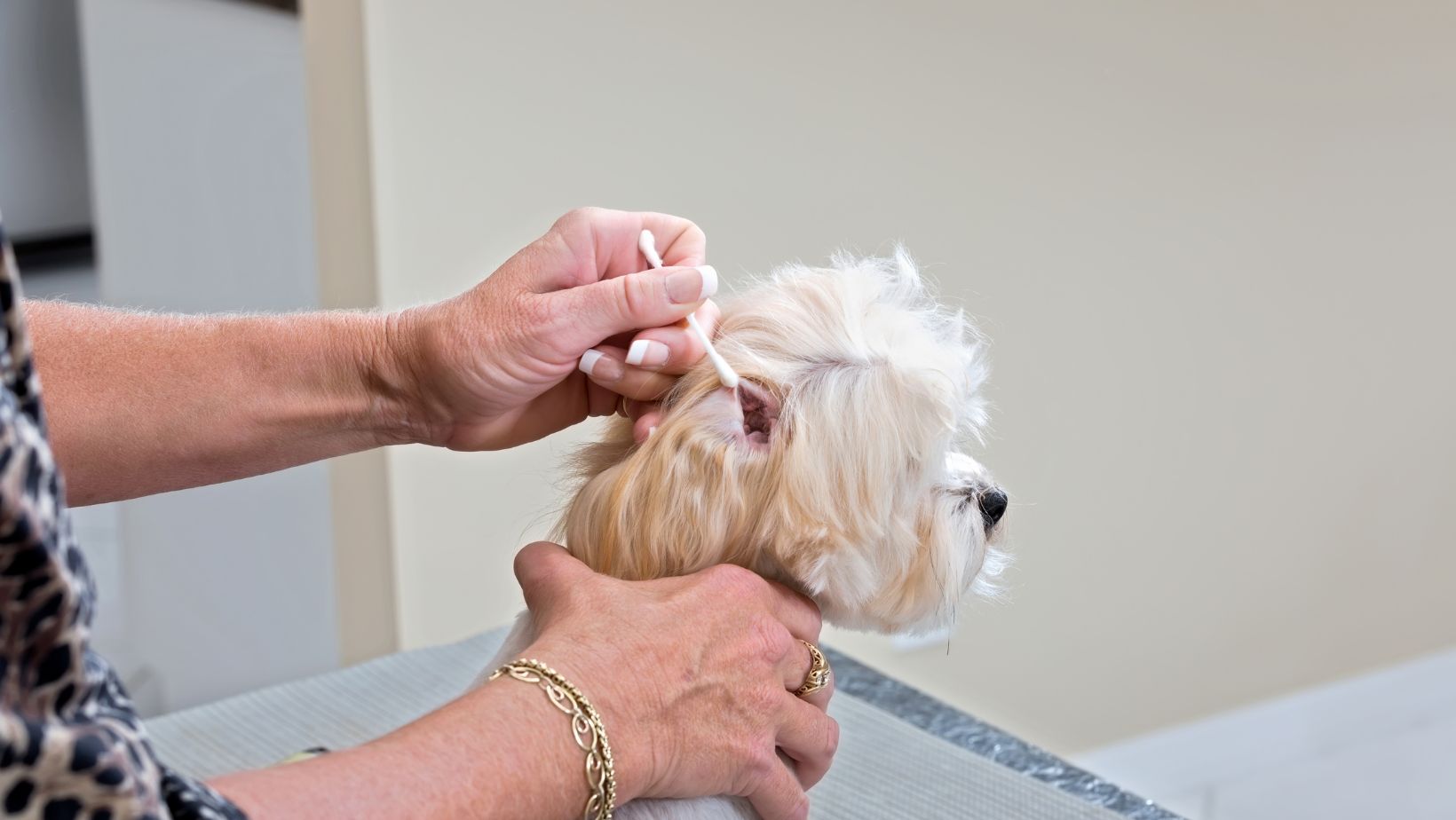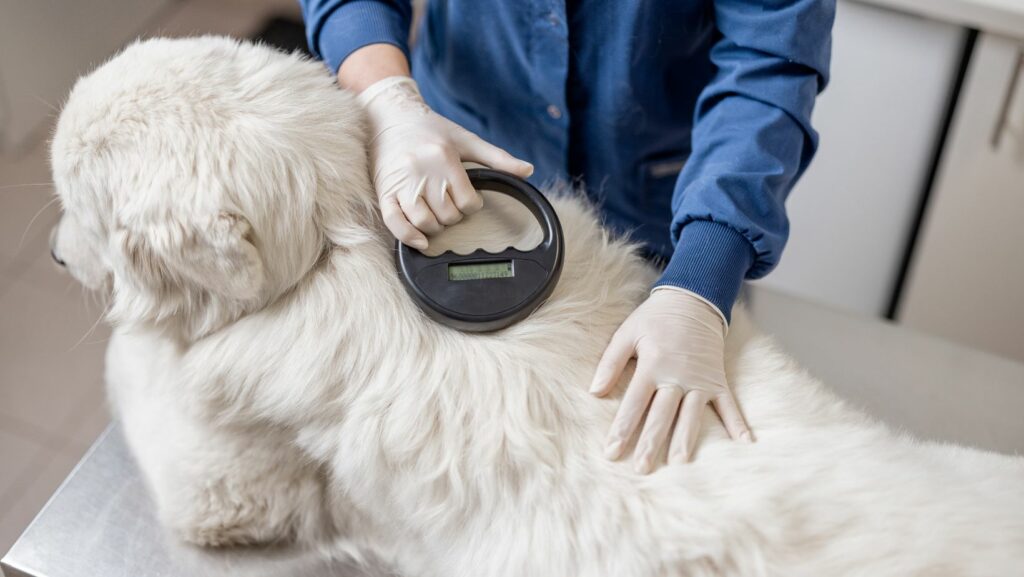Wondering if you can use a vacuum to groom and clean your furry friend? Well, the answer is not as straightforward as it may seem. While some dogs may tolerate being vacuumed, others may find it stressful or even frightening. It’s important to consider your dog’s temperament and comfort level before attempting this grooming method.
Vacuuming your dog can be convenient for removing loose hair and dander, especially for breeds that shed heavily. However, it’s crucial to use a pet-specific vacuum attachment with soft bristles or rubber nubs to avoid causing any discomfort or injury to their skin. Additionally, ensure that the vacuum is set on low power to prevent suction-related issues.
Table of Contents
ToggleCan I Vacuum My Dog
Grooming plays a vital role in the overall health and well-being of your furry friend. As a responsible pet owner, it is essential to understand the importance of regular grooming for your canine companion. Here are a few key reasons why grooming should be an integral part of your dog’s care routine:
1. Maintaining Skin and Coat Health: Regular brushing helps to remove loose fur, tangles, and debris from your dog’s coat. This not only keeps their fur looking neat and shiny but also promotes healthy skin by stimulating blood circulation and distributing natural oils.
2. Prevention of Matting and Tangled Fur: Dogs with long or curly coats are prone to matting, which can lead to discomfort, pain, and even skin infections. Regular grooming sessions help prevent mats from forming by removing knots before they become problematic.
3. Detection of Skin Issues: During grooming sessions, you have the opportunity to closely examine your dog’s skin for any signs of rashes, dryness, lumps, or parasites like fleas or ticks. Early detection allows for timely treatment and prevents these issues from escalating into more significant health problems.
4. Ensuring Proper Nail Care: Overgrown nails can cause discomfort while walking or running for your dog. Regular nail trims help maintain proper foot structure and prevent painful conditions such as ingrown nails or splayed toes.
5. Promoting Dental Hygiene: Grooming also includes dental care, such as brushing your dog’s teeth regularly or providing dental treats approved by veterinarians. Good oral hygiene prevents tooth decay, gum disease, bad breath, and other dental issues that can impact their overall health.
6. Bonding Time: Grooming sessions provide an excellent opportunity for you to bond with your canine companion through gentle touch and positive reinforcement techniques. It strengthens the trust between you both while making grooming a positive experience for your dog.

Tips for Brushing Your Dog’s Coat
Brushing your dog’s coat is an essential part of their grooming routine. Not only does it keep their fur looking clean and shiny, but it also helps to prevent matting and tangles. Here are some tips to help you effectively brush your canine companion:
- Use the right tools: Different breeds have different coat types, so it’s important to use the appropriate brush or comb for your dog. A slicker brush is great for removing loose hair and tangles, while a bristle brush works well on shorter coats. Long-haired dogs may require a pin brush or a comb with wider teeth.
- Start with gentle strokes: Begin by gently brushing your dog’s back, working your way towards the tail. Use short strokes and be careful not to pull on any knots or mats. Gradually move towards the chest, legs, and stomach, ensuring that you cover all areas of their coat.
- Be thorough: Take your time when brushing your dog’s coat to ensure that you remove any loose hair or debris trapped in their fur. Pay special attention to problem areas such as behind the ears and under the belly where mats can easily form.
- Check for skin issues: As you brush your dog’s coat, keep an eye out for any signs of skin irritation or redness. If you notice anything unusual, consult with your veterinarian for further evaluation.
- Make it enjoyable: Turn brushing sessions into bonding moments by providing treats and praise throughout the process. This positive reinforcement will help your dog associate grooming with a pleasant experience.
- Adjust frequency based on breed: The frequency of brushing depends on your dog’s breed and coat length. Dogs with longer hair may need daily brushing to prevent matting, while shorter-haired breeds may only require weekly sessions.
- Seek professional help if needed: If you’re unsure about how to properly groom or handle certain grooming tasks, don’t hesitate to seek assistance from a professional groomer. They can provide guidance and demonstrate techniques that will benefit your dog’s coat.

